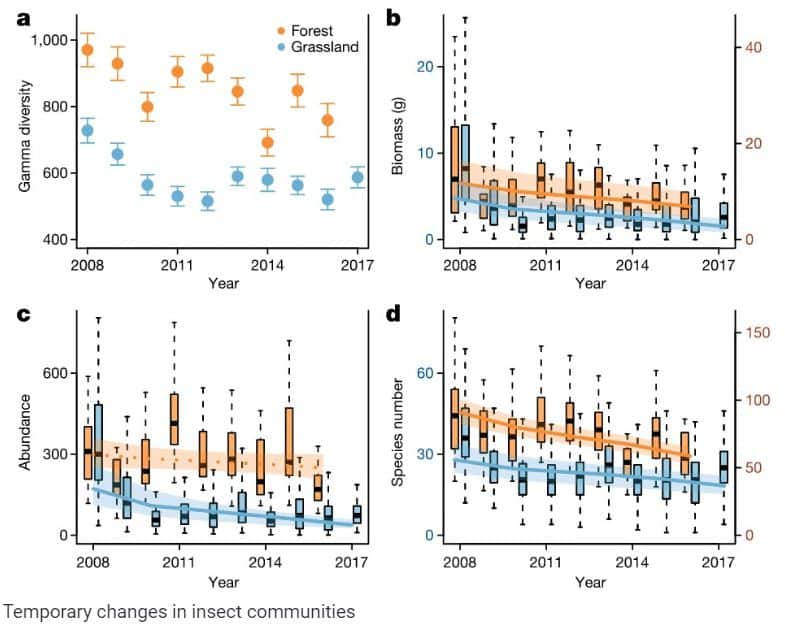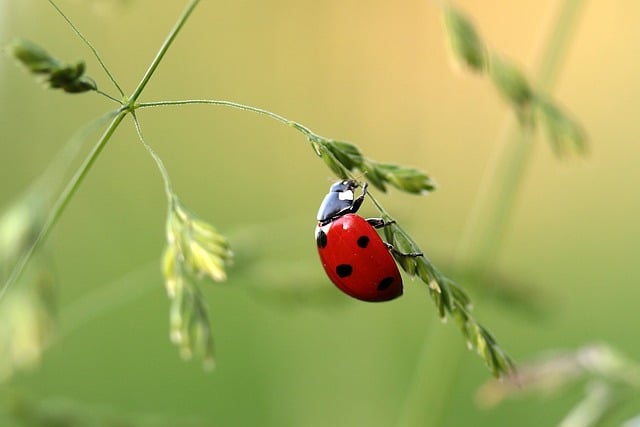After making a series of successive measurements of insect biomass, researchers from Germany found a radical decline over a decade. For forests, losses amounted to about 40 %, and two-thirds of insects disappeared in the meadows. The screening results, published in Nature, confirm agriculture’s contribution to this process.
The role of agriculture and humans in general in the extinction of insects has been repeatedly confirmed by both quantitative studies on accounting for biomass and qualitative analysis of their diversity. Pollinators are best studied in this regard: the use of pesticides and a decrease in the diversity of meadow grasses due to active land use significantly affect their lives. Other species are also known from the collected data, but this information is incomplete and rather scattered. Direct observation of how general trends in insect communities change over time and how agriculture affects it would allow us to systematize knowledge in this area and confirm indirect assumptions about the mass extinction of insects.
To do this, Sebastian Seibold and his colleagues from the Technical University of Munich used the resources of the Biodiversity Exploratories project. For ten years, they monitored the number of insects on 150 meadow and 140 forest research sites in three regions of Germany. Not all of them were counted every year, but in total more than a million insects of 2,700 species passed through the hands of researchers.
Monitoring has demonstrated a radical reduction in the diversity of insects and their biomass. Meadows were particularly affected: the number of species decreased by 34%, and the total biomass by 67%. This trend is particularly noticeable in communities closely linked to agriculture. In forest communities, the losses were less, but also noticeable: diversity fell by 36%, and biomass loss was 41%.

Researchers have found that the biomass of meadow species has decreased regardless of the prevalence of the species. As for the complete extinction of species, it was expected to affect mainly rarer species. In forest species, the prevalence initially turned out to be less, the researchers did not notice the difference in extinction between more and less common insect species.
This is not the first evidence of mass extinction of insects. Thus, according to the report of the Intergovernmental Panel on Biodiversity and Ecosystem Services (IPBES), today up to a million of the about eight million species known to mankind.
